- DroidAfrica
- AT&T
- AT&T Radiant Max
AT&T Radiant Max
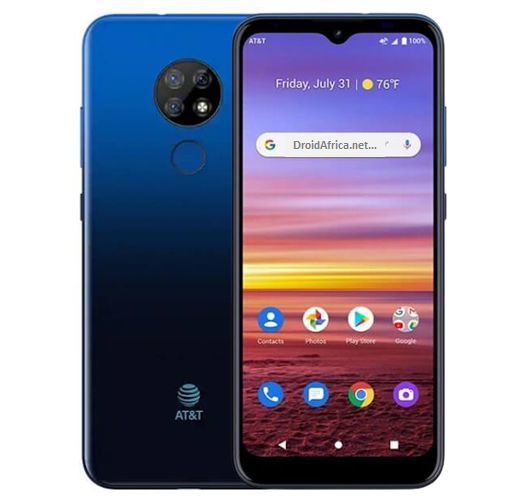
AT&T Radiant Max Highlights and Overview
The AT&T Radiant Max is a mid-range Android 10 smartphone from the popular American carrier, AT&T. The device comes with a triple rear cameras, has Helio P22 CPU and backed by a 4000mAh battery. The Radiant Max has a 6.5-inch HD+ screen with 720 1560 pixels resolution.
On the inside, there is an octa-core Mediatek MT6762 Helio P22 CPU clocked at 2.0GHz, along with PowerVR GE8320 GPU. The device has 3GB RAM and 32GB internal storage which can be expanded up to 128GB via SD card. The specifications looks so very similar to LG Reflect launched earlier.
On the camera department, the Radiant Max has three camera modules at the back, which includes a 13-megapixel main snapper, along with a 5-megapixel wide-angle lens, and a third 2-megapixel depth sensing lens, while a single 8-megapixel selfie lens seat in the notch.
The device has a rear placed fingerprint scanner, has USB Type-C, NFC and come with a single 4G SIM. Cobalt Blue is the only color option available, while Google Android 10 runs out of the box. Other key specifications and features of the AT&T Radiant Max are contained in the specs table below.
AT&T Radiant Max Full Specifications and Features
NETWORK
| Technology | GSM / HSPA / LTE |
| 2G Network Bands | GSM 850 / 900 / 1800 / 1900 - SIM 1 & SIM 2 (dual-SIM model only) |
| 3G Network Bands | HSDPA 850 / 900 / 1800 / 1900 / 2100 |
| 4G Network Bands | LTE band 1(2100), 3(1800), 5(850), 8(900), 38(2600), 40(2300), 41(2500) |
| 5G Network Bands | No support for 5G Network modem |
| Speed | HSPA 42.2/5.76 Mbps, LTE Cat4 150/50 Mbps |
LAUNCH
| Also Known As |
- - |
BODY
| Dimensions | 166.96 x 77.92 x 8.47 mm |
| Weight | 181 grams |
| SIM Type | Single Nano-SIM |
DISPLAY
| Display Type | IPS LCD capacitive touchscreen, 16M colors |
| Size | 6.5 inches, 97.8 cm2 (~82.1% screen-to-body ratio) |
| Resolution | 720 x 1560 pixels, 19:9 ratio (~269 ppi density) |
PLATFORM
| Operating System | Android 10 |
| Chipset | Mediatek MT6762 Helio P22 |
| CPU | Octa-core CPU (4x2.0 GHz Cortex-A53 and 4x1.5 GHz Cortex-A53) |
| GPU | PowerVR GE8320 |
MEMORY
| RAM + ROM | 3 GB |
| Card Slot | Yes, up to 128GB via microSD card |
MAIN CAMERA
| Camera Type | Triple Lenses |
| Camera Sensor(s) | 13 MP + 5 MP + 2 MP Main cameras |
| Camera Features |
Autofocus Continuous shooting Digital zoom Geotagging Panorama HDR Touch focus Face detection White balance settings ISO settings Exposure compensation Self-timer Scene mode |
| Video Resolution | 1080p@30fps |
SELFIE CAMERA
| Camera Type | Single Lens |
| Camera Sensor(s) | 8-megapixel front camera |
| Camera Features |
FaceID AI Beauty |
| Video Resolution | 1080p@30fps |
SOUND
| Loudspeaker | Yes |
| Speaker Location | Chin, below display |
| Audio Jack Type | Yes, 3.5mm audio jack |
CONNECTIVITY
| Bluetooth | Bluetooth 5.0, A2DP |
| NFC | |
| GPS | Yes |
| FM Radio | Yes |
BATTERY
| Battery Capacity | Non-removable Li-Ion 4000 mAh battery |
| Wireless Charging | No |
| Talk Time Talk Time is the longest time that a single battery charge will last when you are constantly talking on the phone under perfect conditions, Ambient temperature and highly dependent on the cellular network environment such as the distance to the closest cell network tower. | Up to 28 hours |
| Stand-by | Up to 480 hours |
OTHER FEATURES
| Sensors | Fingerprint (side-mounted), accelerometer, proximity, compass |
| Box Contents | Charging Brick / USB cable |
AT&T Radiant Max User Reviews and Opinions
Disclaimer Note
This specification was entered manually, hence we CANNOT guarantee 100% accuracy. Any error? Let us know in the comment section.







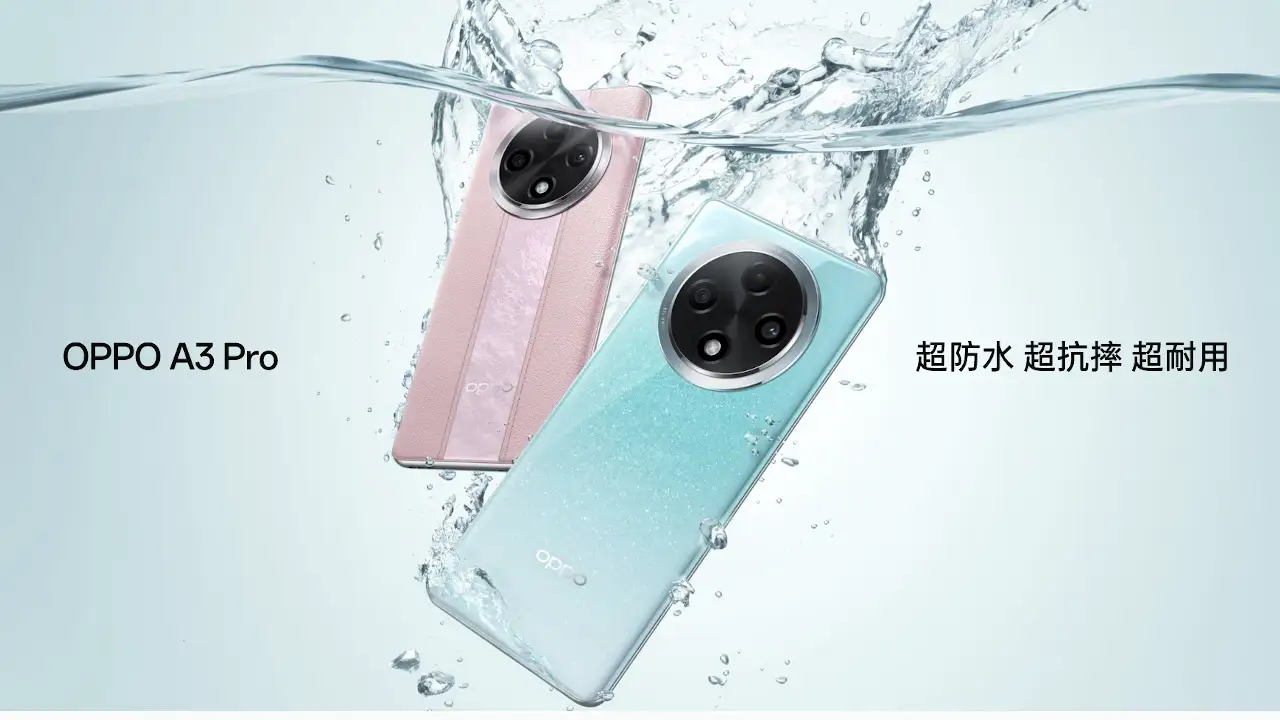

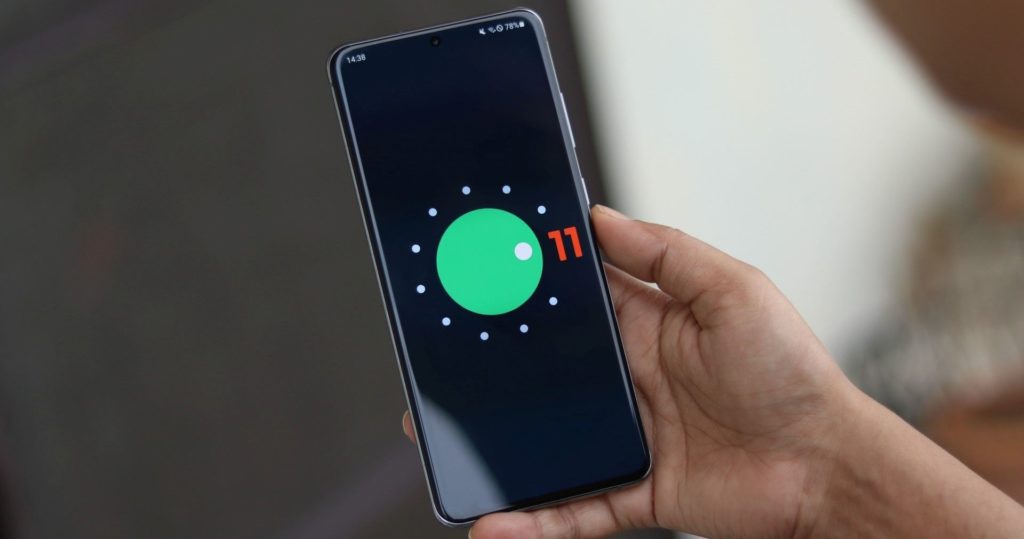
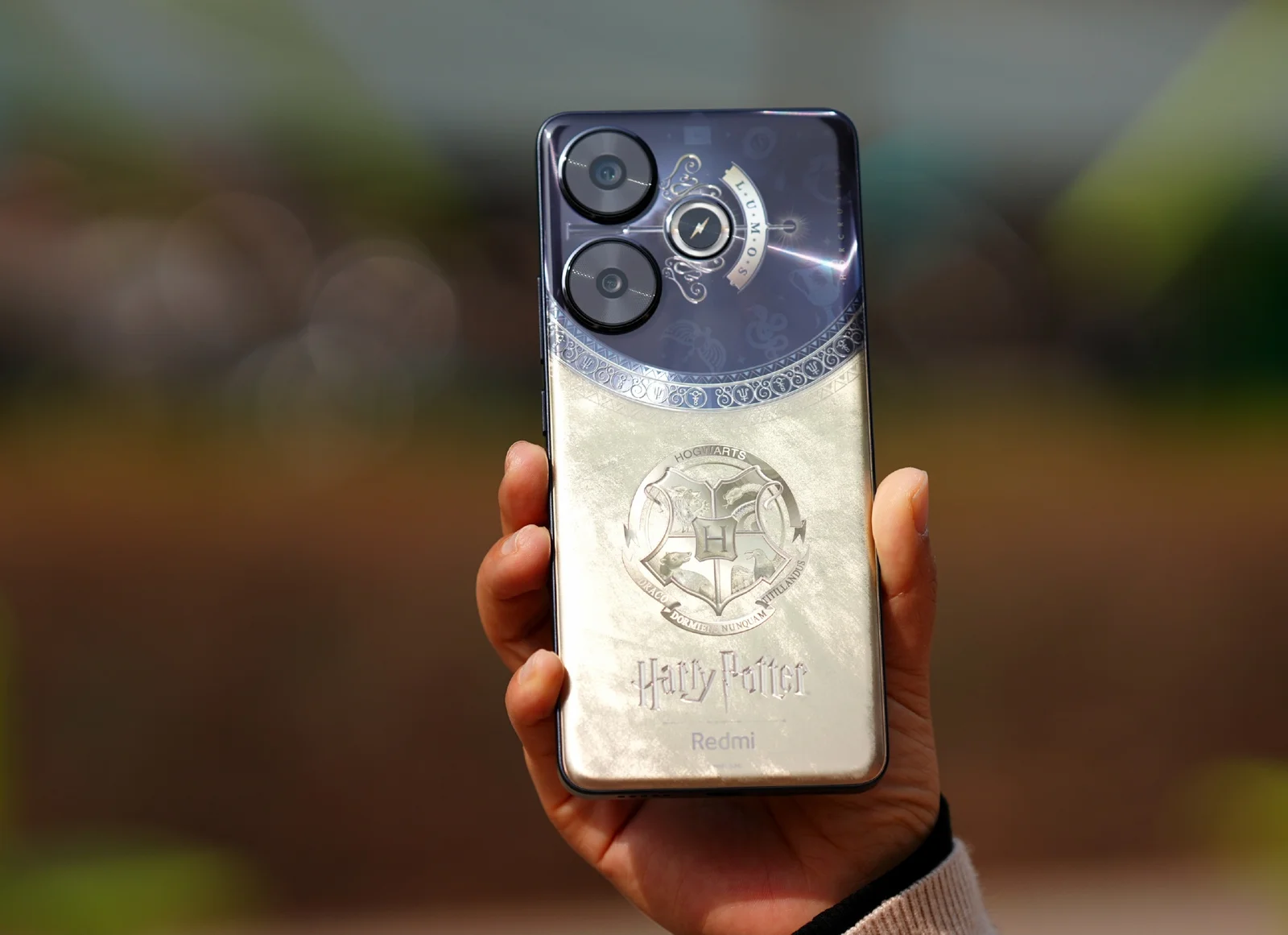
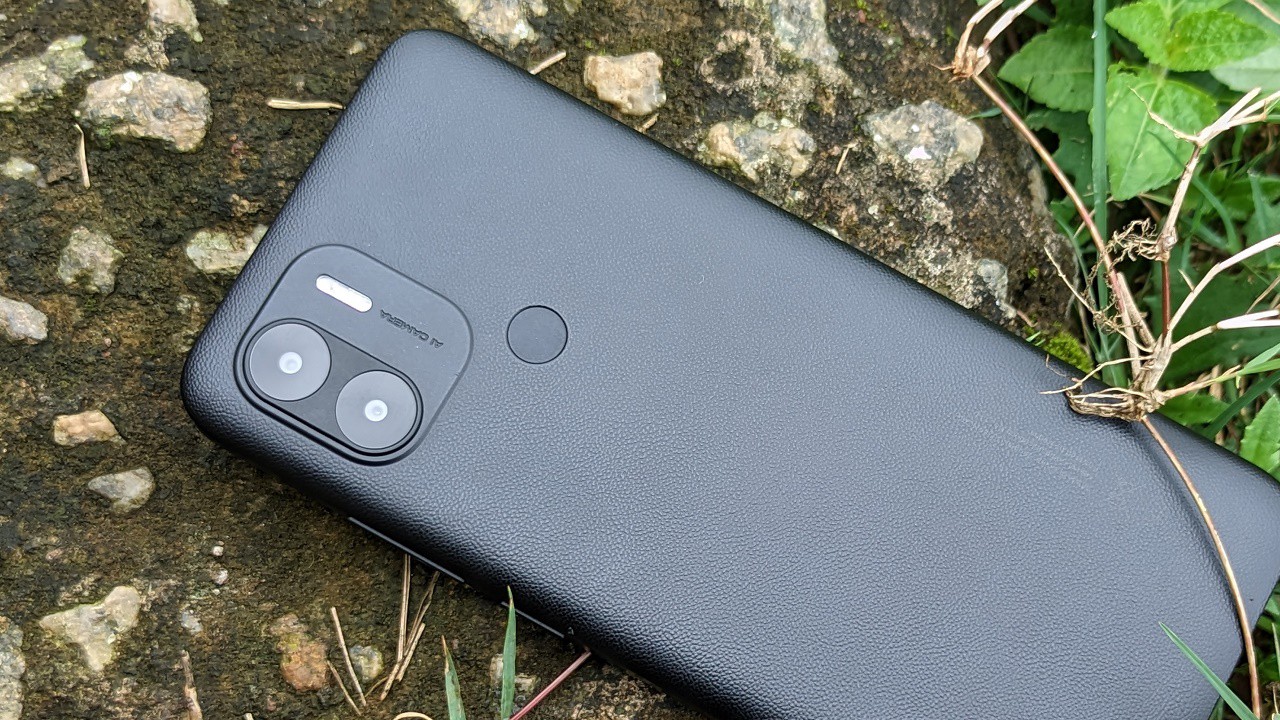
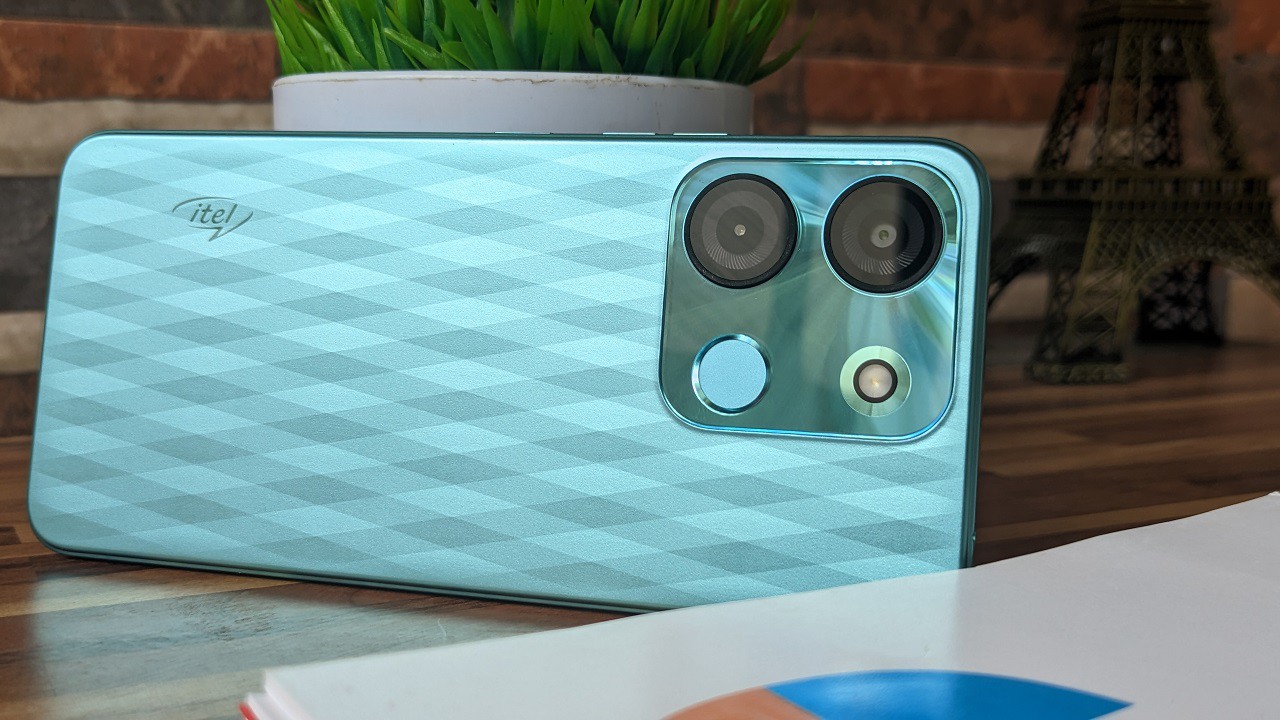
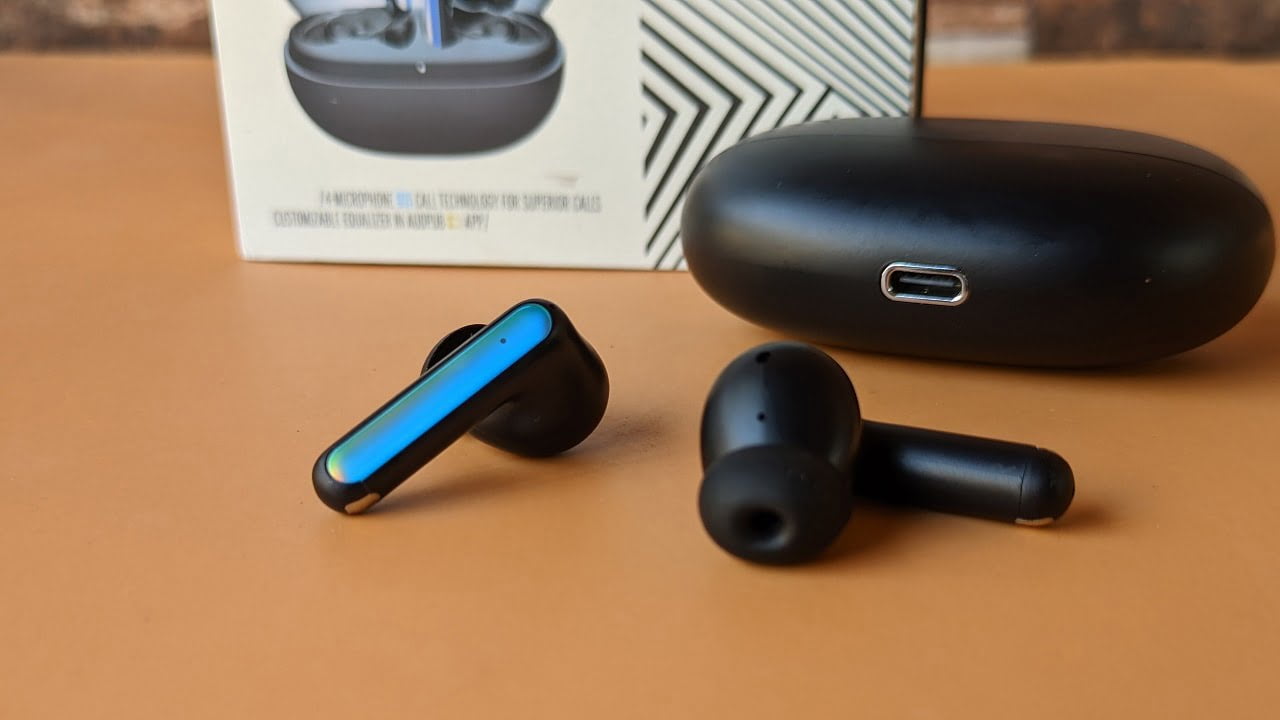
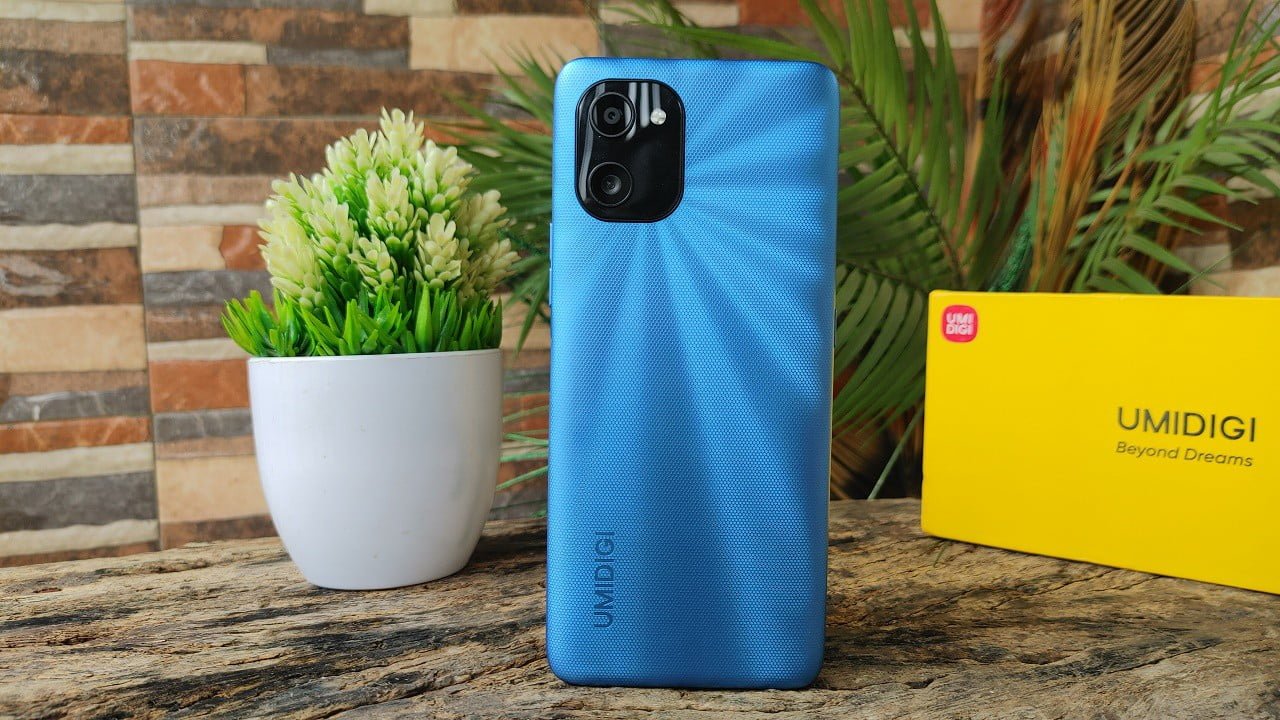
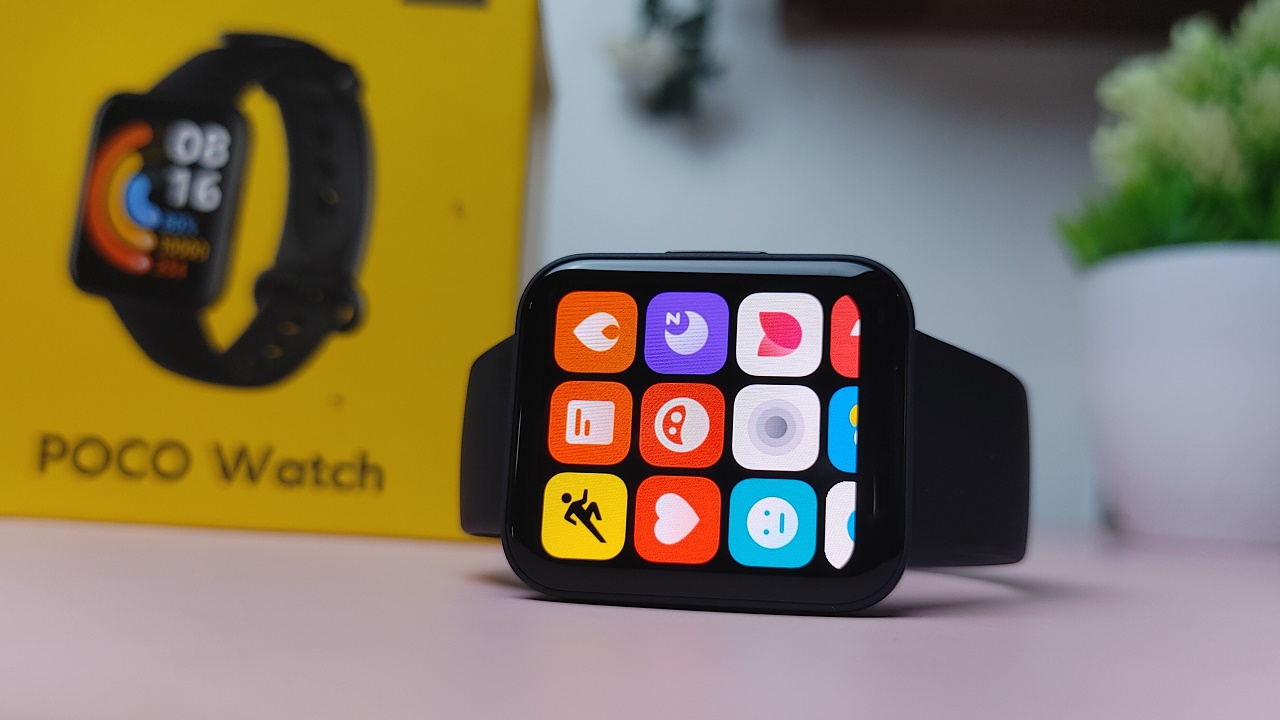
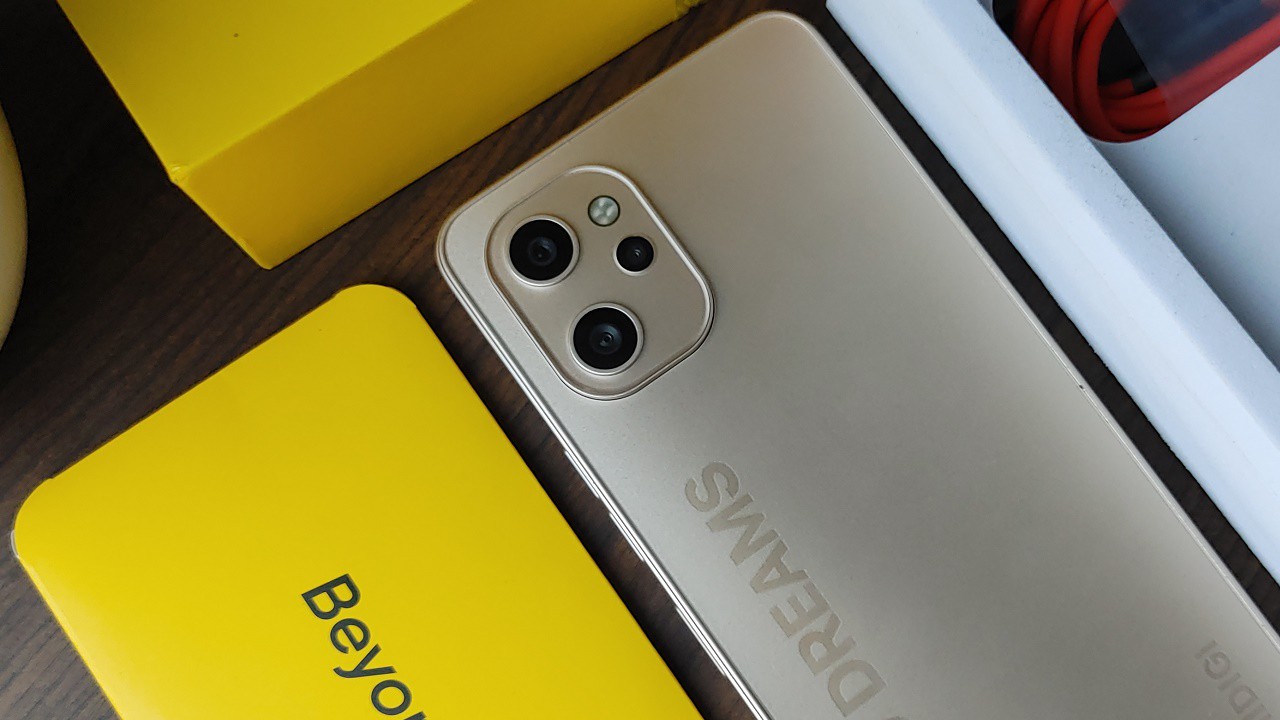
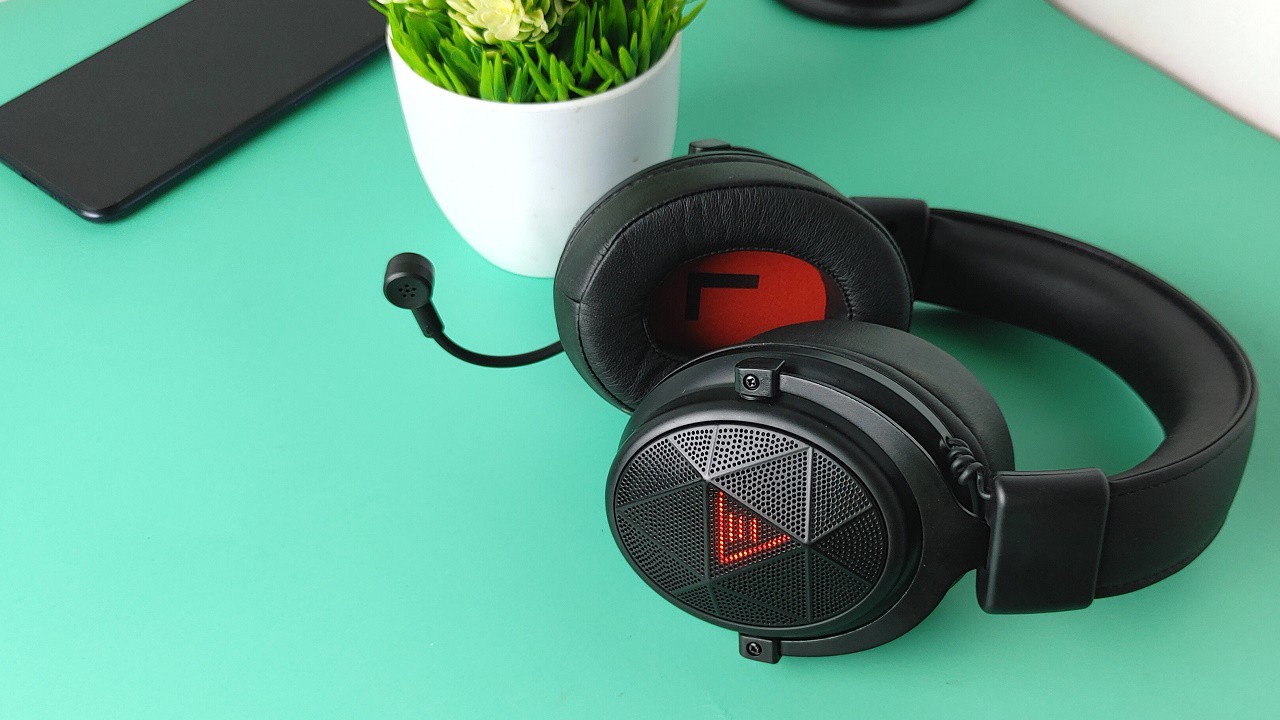
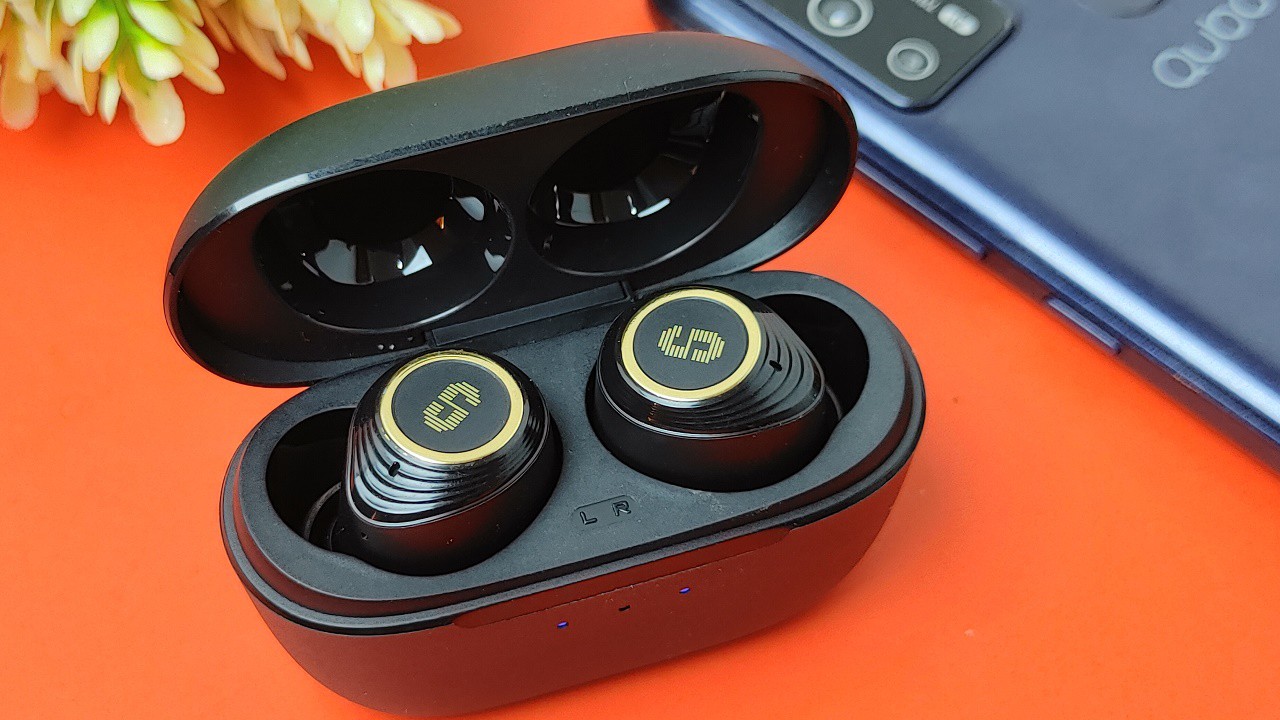
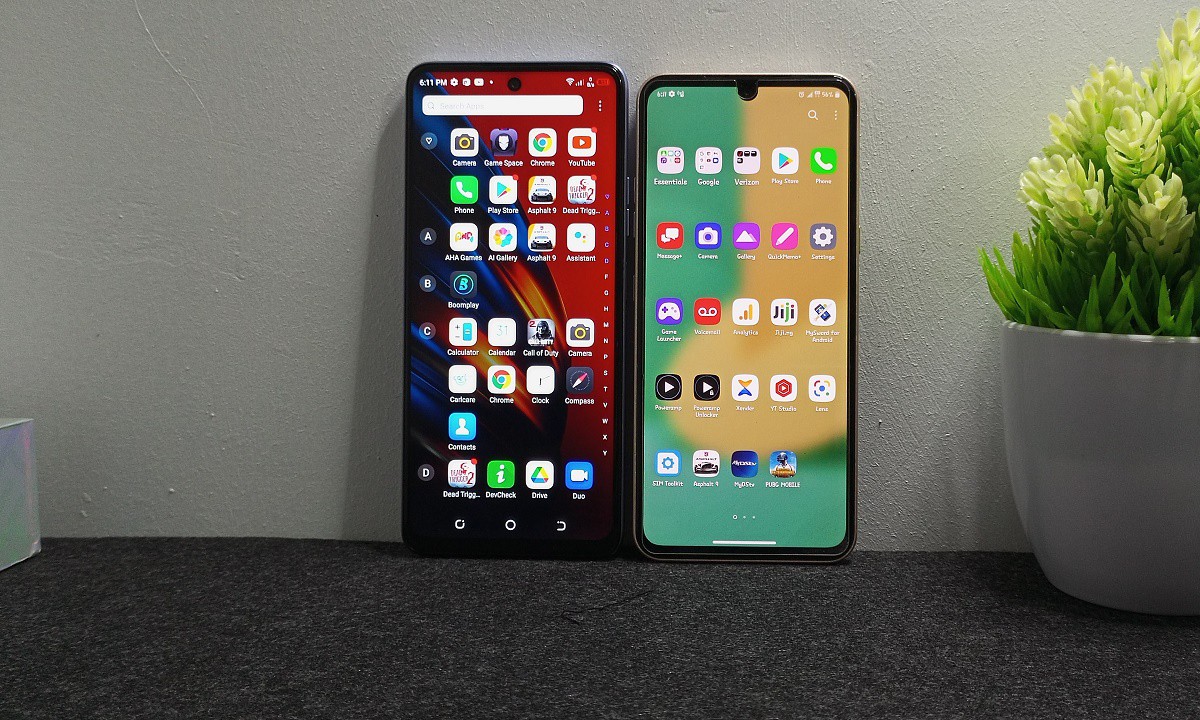

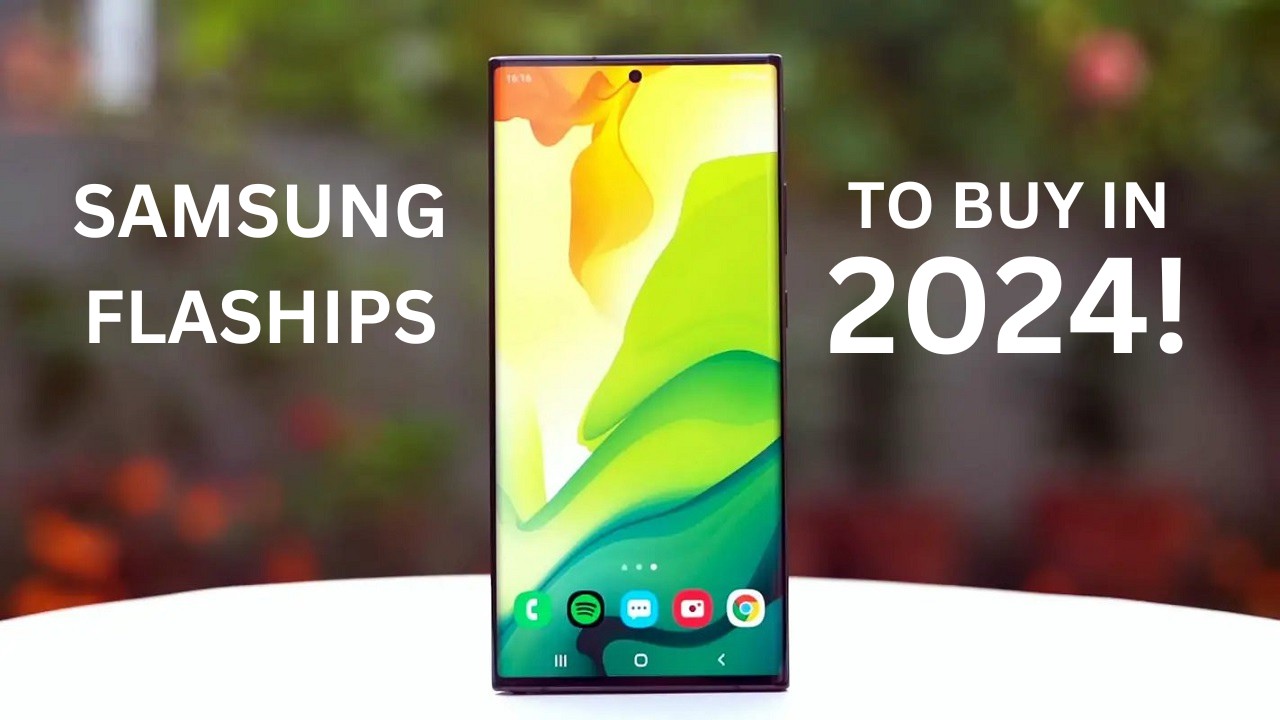
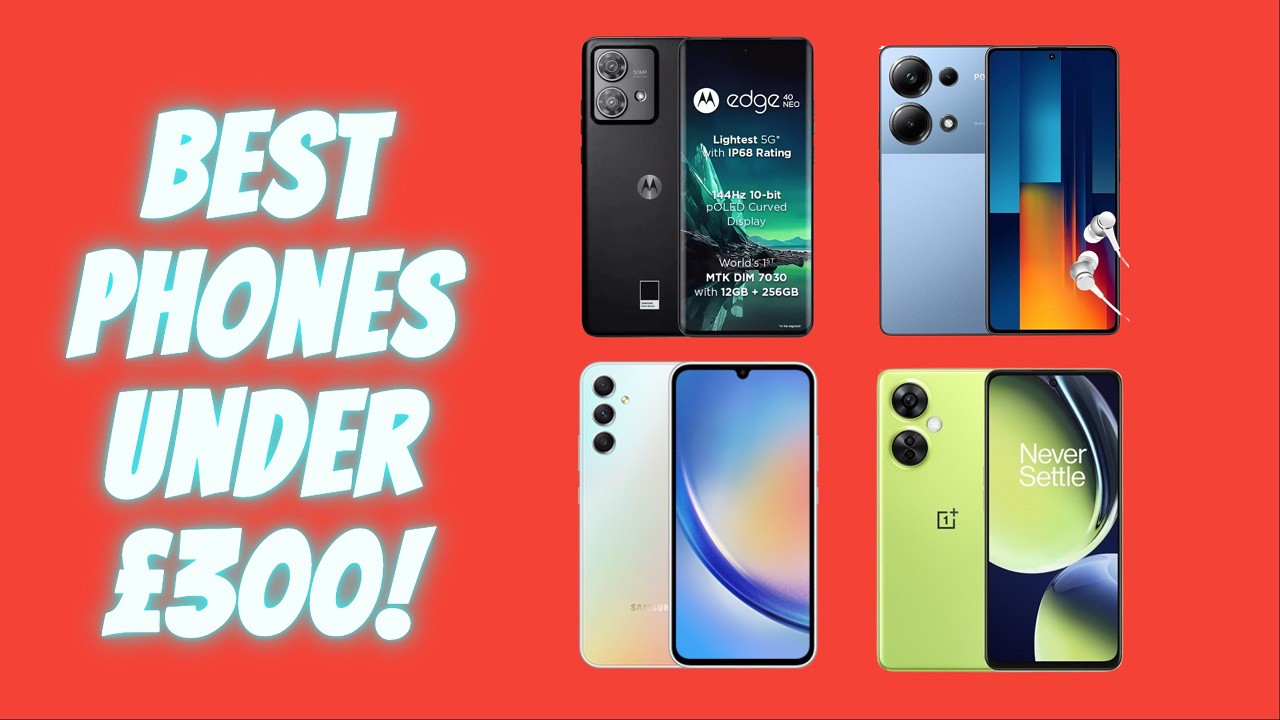

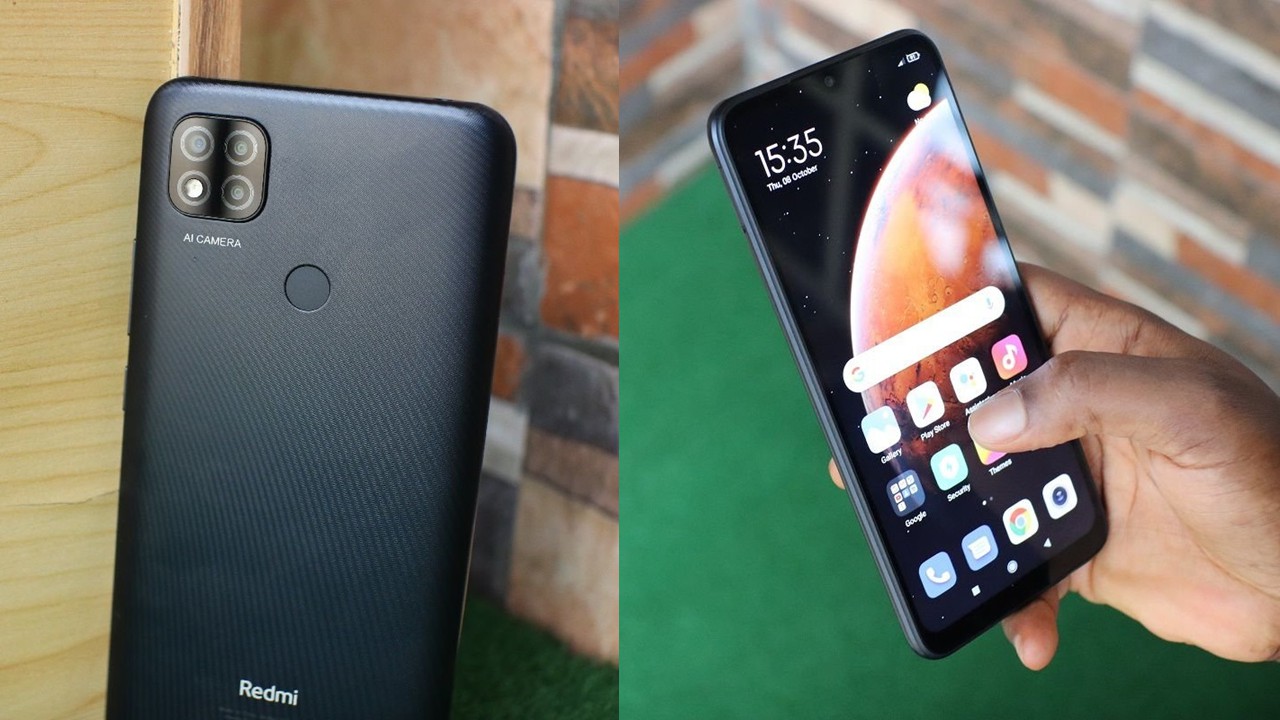
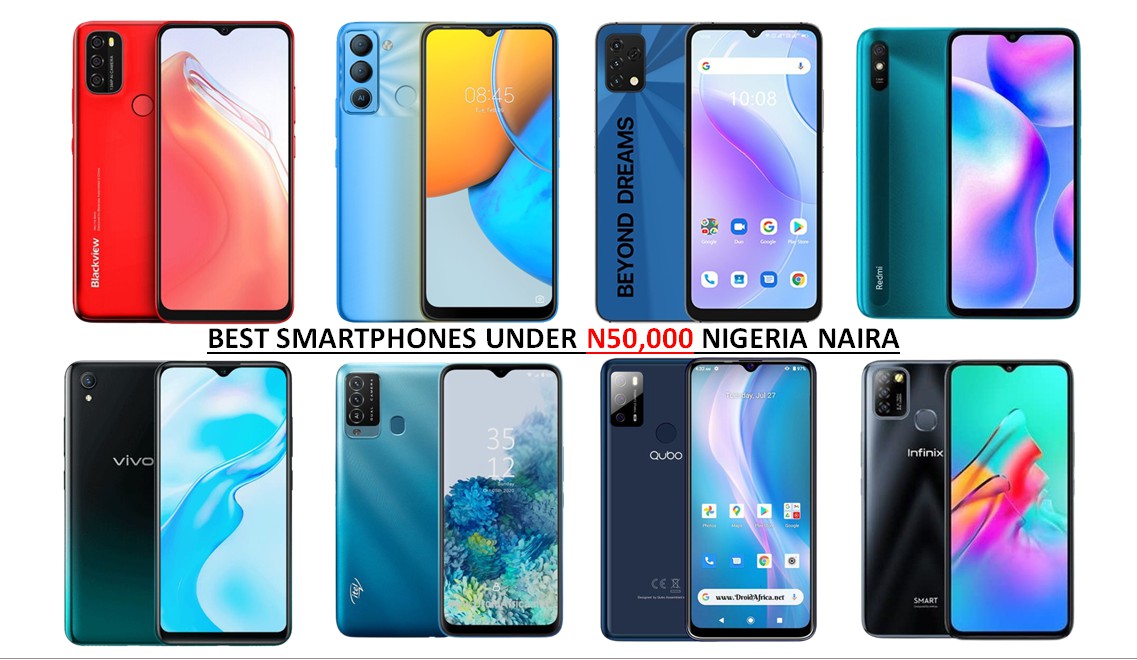
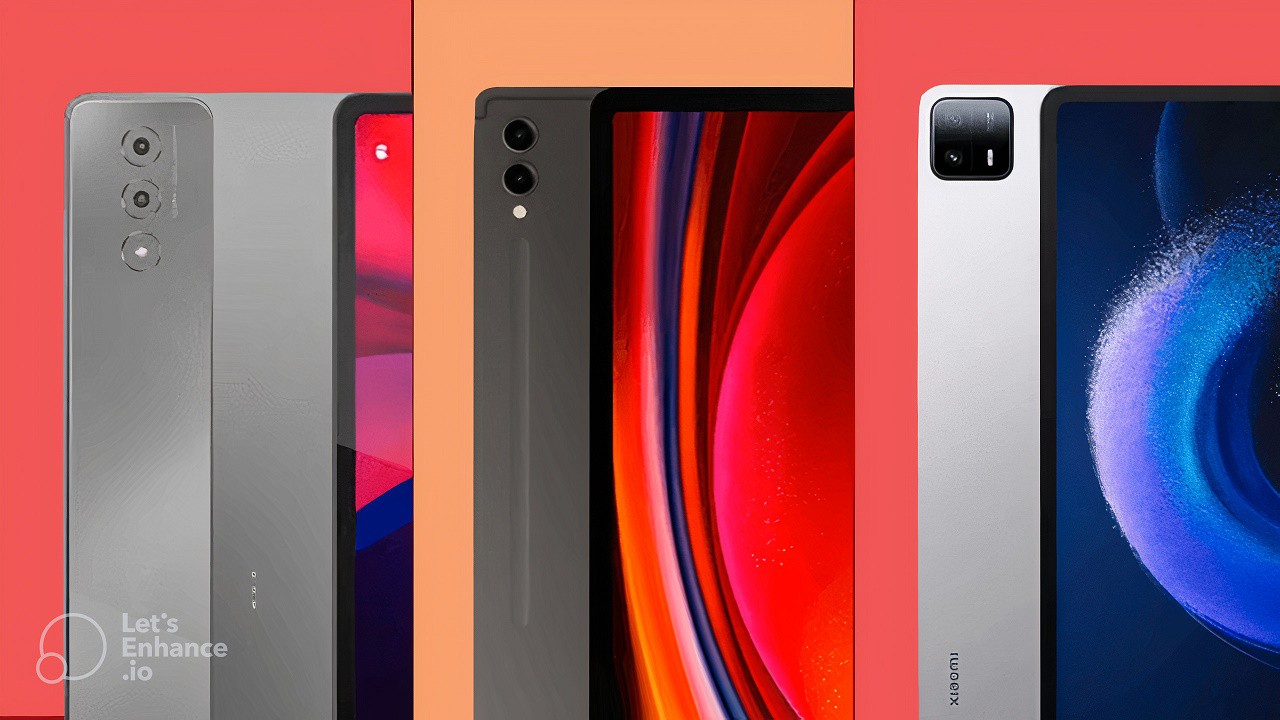
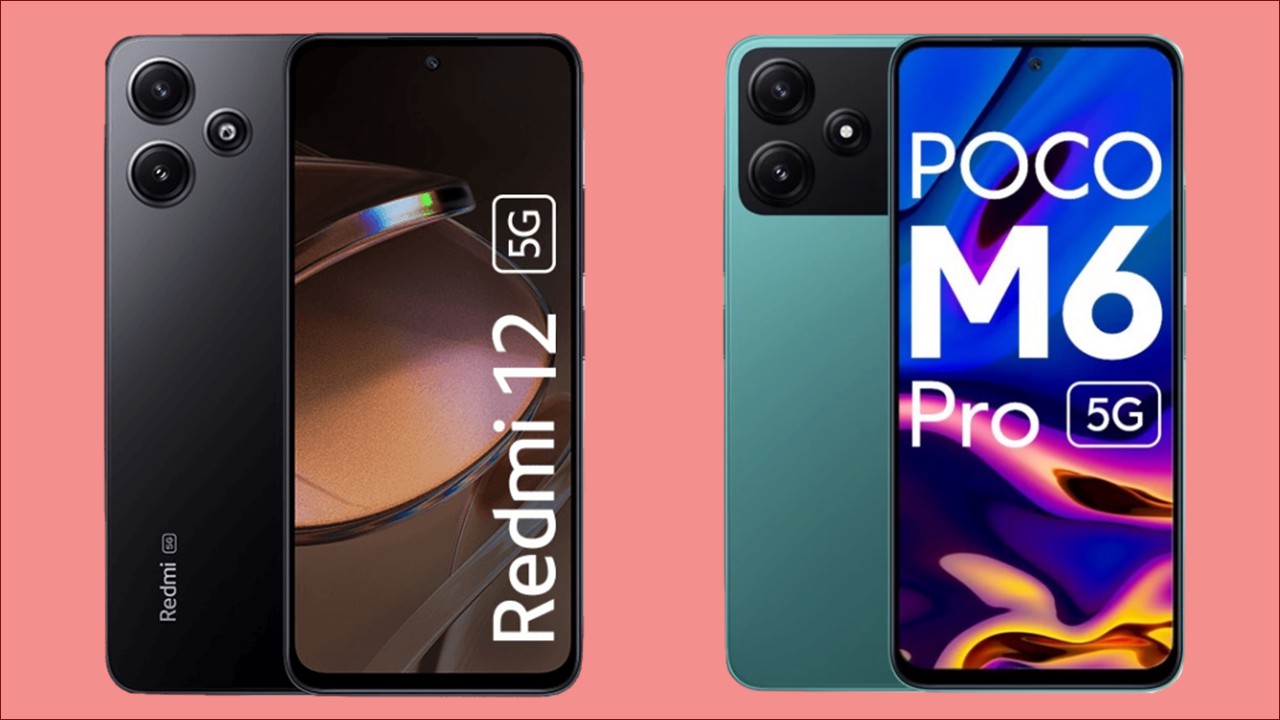
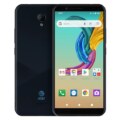
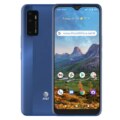
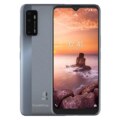
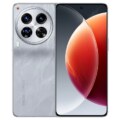

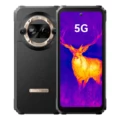
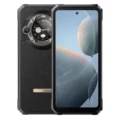
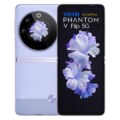
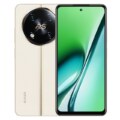

Leave a Reply